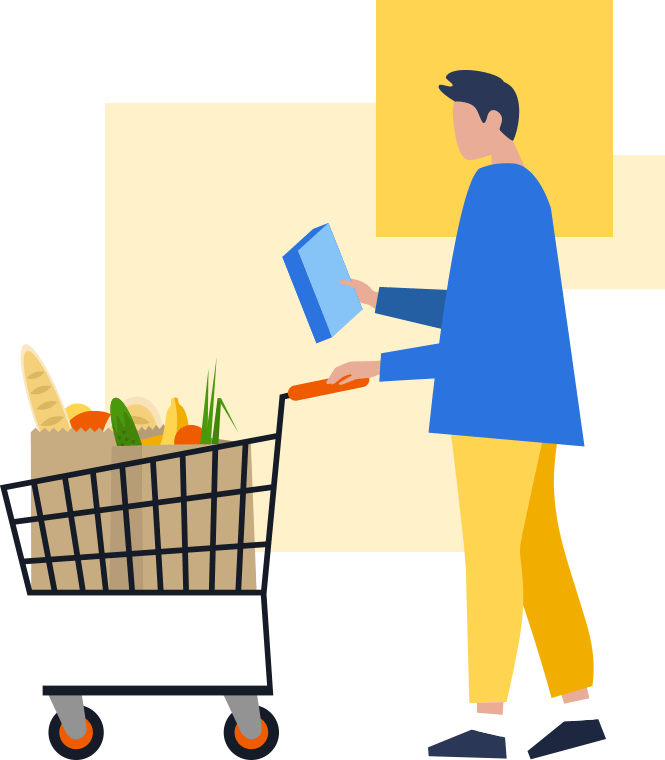Our comprehensive purchasing insights and proprietary technology combine to produce your ideal custom marketing audiences.


PGM will build your custom audience from our vast database of over 220+ million consumers, including contact information, demographics, and thousands of lifestyle and behavioral attributes.
Need a solution to retain your moving customers or acquire new customers moving to your area? With insights into 90+% of U.S. homebuyers annually, PGM’s high performing mover and homeowner audiences help power your customer acquisition and retention strategies.


PGM’s industry-leading automotive marketing database allows you to target millions of vehicle owners, with linkage at the household and garage level. Available data includes vehicle make, model and year, engine size, fuel type, and more.
We leverage hundreds of sources of browsing behavior and shopping activity to identify in-market shoppers. Let PGM’s best-in-class technology connect you with the consumers who are shopping for your product right now.
